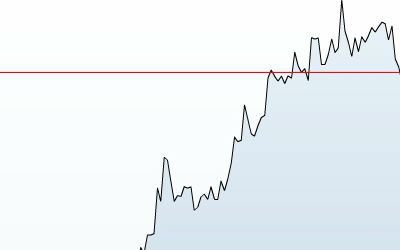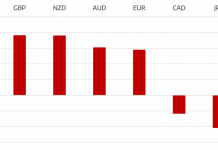The wobbly Japanese Yen continued to recover as expected in Asian trade as regional stocks fell, boosting demand for the haven-linked currency.Regional stock exchanges fell, reinforcing upward pressure on the haven-linked currency. A variety of catalysts looks to be at work,because the temporary lull in big-ticket event risk may be giving traders an opportunity to ponder on-coming headwinds from US austerity as the “debt ceiling” and “sequester” deadlines draw closer.
The Japanese yen continued to look weak, as USD/JPY pushed above the critical 90 level in Friday’s Asian session. The pair has retracted slightly, and was trading in the 88.80 range. With the Bank of Japan expected to introduce further easing when it meets next week, we can expect the yen to face more pressure from the US dollar. On Thursday, the markets cheered as the US released excellent employment and housing data. Japanese Revised Industrial Production dropped in December, but managed to beat the market estimate. In the US, the markets will be keeping on eye on UoM Preliminary Consumer Sentiment, one of the most important consumer indicators.
The markets were in full swing on Thursday, as the US released a host of key data. Unsurprisingly, the data was a mix, which has been typical of recent US releases. However, market sentiment jumped as employment and housing numbers were outstanding, hitting multi-year highs. Unemployment Claims, which had looked weak earlier in January, bounced back with its best performance in five years, dropping to 331 thousand new claims. This easily beat the forecast of 369K. Housing Starts also were outstanding, improving to 0.95 million. This beat the forecast of 0.89M, and was the indicator’s highest level since June 2008. Building Permits was not as spectacular, but also came within market expectations.
The key indicator remained at 0.90 million, just shy of the estimate of 0.91M. The positive numbers were not echoed by the Philly Fed Manufacturing Index, which fell back into negative territory.
The key manufacturing indicator plunged to -5.8 points, a very sharp drop. This surprised the markets, which had expected a small drop from 8.1 to 7.1 points. Coming on the heels of the Empire Manufacturing Index, which also looked dismal, these indicators point to significant contraction in the US manufacturing sector, which is weighing on the fragile economic recovery. The markets will be carefully monitoring today’s key release, Preliminary UoM Consumer Sentiment. The consumer index fell well short of expectations in the previous reading, dropping sharply to 74.5 points.
The markets are expecting some improvement in the January release, with an estimate of 75.1 points. In Japan, Revised Industrial Production sagged, declining by 1.4%. The silver lining was that this figure beat the market estimate, which stood at -1.4%. However, the indicator has posted declines in four of the past five readings, underscoring 0ngoing contraction in the Japanese manufacturing industry.
The yen remains under strong pressure and is currently testing the critical 90 level. The downward spiral could continue into next week, as Prime Minister Abe has been continually talking about lowering the currency’s value and has been leaning on the Bank of Japan to implement further easing steps which will push the yen down even further. Bank of Japan Governor Masaaki Shirakawa stated that the BOJ will introduce further monetary easing steps, and warned that the economy would continue to struggle due to weak global conditions.
The BOJ implemented monetary easing throughout 2012, and is widely expected to follow suit at a policy meeting next week. Analysts expect the central bank to double its inflation target to 2%, which is the government’s stated target.
Earlier this week, there was some negative news about global growth prospects from the World Bank. In its Global Economic Prospects report, which is issued twice a year, the prestigious institution said that global growth in 2013 would post a gain of 2.4%. This was down from the 3.0% estimate the World Bank stated in its June 2012 report. In explaining its downgrade, the World Bank noted persistent weaknesses in the economies of developed nations, citing austerity measures, high unemployment and weak business confidence.
The report also sounded the alarm over the damage in market confidence due the ongoing fiscal battles in the US, and urged a quick resolution of the issue so as to ensure market stability.
Tradersdna is a leading digital and social media platform for traders and investors. Tradersdna offers premiere resources for trading and investing education, digital resources for personal finance, market analysis and free trading guides. More about TradersDNA Features: What Does It Take to Become an Aggressive Trader? | Everything You Need to Know About White Label Trading Software | Advantages of Automated Forex Trading












































